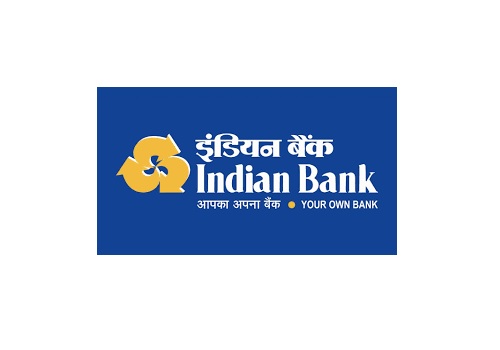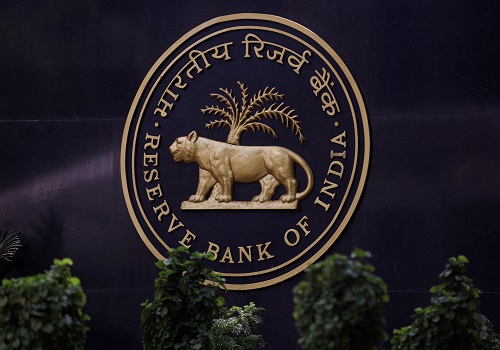Buy Indian Bank Ltd. For Target Rs.675 By Emkay Global Financial Services

Fundamentally solid as ever; MD change remains a monitorable
PSBs, including Indian Bank, have seen a correction in the recent past amid concerns around slowing growth (so also banking system) and peaking RoAs. Our discussion with Indian Bank suggests that the bank’s fundamentals remain strong and it would maintain a fine balance between credit growth (~13-14%) and margins (>3.25%), underpinning its strategic focus on delivering healthy and improving RoAs (>1%). The bank has been reporting steady improvement in asset quality with GNPA ratio down to 3.8% and NNPA ratio at an industry low of 0.4%. The bank carries healthy specific PCR @90%, which should partly protect its financials from any impact of the anticipated IRACP/ECL norms, if taken through P&L. Indian Bank does not have any exposure to the beleaguered MTNL, although a few PSBs have been called to take higher hair-cuts (~60%). Given RBI’s observation on FISB nomination of Asheesh Pandey (ED at BOM) as MD & CEO of Indian Bank, the incumbent MD & CEO, S L Jain’s term has been extended till Dec-24. We hope that GoI shall take an appropriate call soon to resolve the management tangle. We retain BUY with an unchanged TP of Rs675/share, valuing the bank at 1.2x Sep-26E ABV.
Maintaining a fine balance between growth and margins
Indian Bank continues to report healthy credit growth @14% YoY, mainly led by continued strong traction in the RAM segment. Within Retail, VF and mortgages remain the primary growth drivers, whereas PL growth continued to drag as the bank has turned cautious. Gold loans too saw pick-up in growth, reporting an increase of 10% YoY/11% QoQ; the bank has also implemented adequate measures to ensure asset quality. However, Indian Bank has been going slow on its co-lending partnership for digi-gold loans given general regulatory concerns around such partnerships. The bank has consciously maintained relatively moderate deposit growth at 9-10% — given its LDR being around 75-77% — as it is focused on mobilizing CASA/retail deposits. The bank expects NIMs to remain healthy given its focus on the RAM segment and higher share of the MCLR book (61% being one of the highest among PSBs), which should benefit the bank during a rate-reversal cycle. Separately, the management indicated that impact of the draft LCR guidelines could be 4-5% for the bank, resulting in revised LCR of 115%, which is still higher than the regulatory requirement and thus should not be a concern.
Higher provision and capital buffer provides comfort
The bank’s gross slippages were slightly higher at Rs19.6bn/1.7% of loans in 1Q, due to seasonally higher agri and SME NPAs. Indian Bank expects the NPAs to recede as the seasonality effect wanes. The bank clarified that it does not have any exposure to beleaguered MTNL, although a few PSBs have been called for taking ~60% hair-cut. Indian Bank continues to report one of the lowest NNPA ratios at 0.4% and the highest specific PCR at 90% among PSBs, which should partly protect its financials from any impact of the anticipated IRACP/ECL norms, if taken through P&L. However, if the impact is taken from the reserves, the bank already has a healthy CET 1 at 13.4% and thus should be still comfortably placed. Notably, we believe the impact of ECL norms on Adj BV should be negligible and would infact reduce the P&L volatility for banks in general and so also for Indian Bank in the long run.
For More Emkay Global Financial Services Ltd Disclaimer http://www.emkayglobal.com/Uploads/disclaimer.pdf & SEBI Registration number is INH000000354























